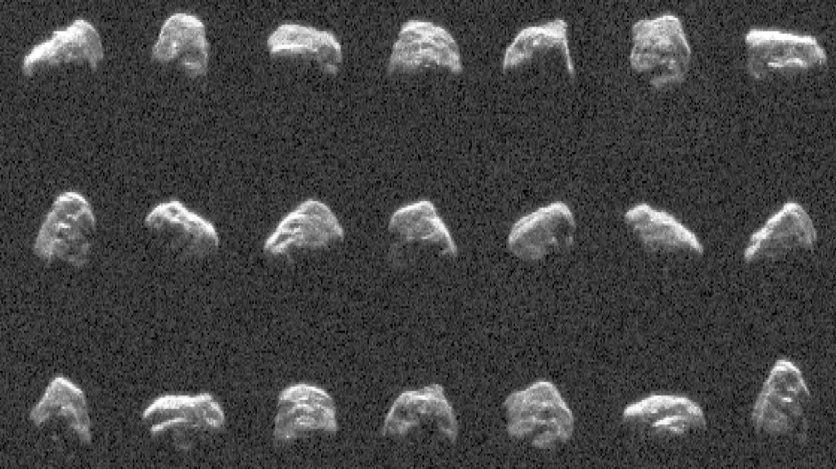The Deep Space Network's Goldstone planetary radar recently observed asteroids 2024 MK and 2011 UL21 as they safely passed by Earth. Scientists at NASA's Jet Propulsion Laboratory (JPL) in Southern California took the opportunity to gather valuable data during these close encounters, which will aid in planetary defense efforts.
NASA's Planetary Radar Monitors Two Large Asteroids Near Approaches to Earth
One of the asteroids, 2011 UL21, made its closest approach on June 27, passing at a distance of 4.1 million miles from Earth. Discovered in 2011 by the NASA-funded Catalina Sky Survey in Tucson, Arizona, this near-Earth object is nearly a mile wide.
Despite being classified as potentially hazardous, its future orbits pose no threat to Earth for the foreseeable future, according to NASA. This was the first time 2011 UL21 had come close enough to Earth to be imaged by radar.
Using the Goldstone Solar System Radar, the scientists transmitted radio waves to the asteroid and received the reflected signals back. These observations revealed that 2011 UL21 is roughly spherical and is accompanied by a smaller moonlet orbiting at a distance of around1.9 miles.
A few days later, or on June 29, the team detected asteroid 2024 MK as it passed Earth at a distance of only 184,000 miles, slightly over three-quarters of the distance between the Moon and Earth.
The asteroid 2024 MK, measuring around 500 feet in width, has an elongated and angular shape with distinct flat and rounded areas. Using the capabilities of the Goldstone facility, radar observations captured detailed images of the asteroid's surface, unveiling various concavities, ridges, and boulders.
Near-Earth objects of this size pass close to our planet relatively rarely, approximately once every few decades, according to NASA. The team at JPL aimed to collect extensive data on 2024 MK.
This asteroid was first detected on June 16 by the NASA-funded Asteroid Terrestrial-impact Last Alert System (ATLAS) at the Sutherland Observing Station in South Africa.

2024 MK's Approach on Earth
As 2024 MK approached Earth, the planet's gravitational pull modified its orbit, shortening its 3.3-year journey around the sun by about 24 days. Despite being classified as a potentially hazardous asteroid, projections show that it poses no immediate threat to Earth.
These radar observations provide essential information on the asteroids' dimensions, trajectories, rotations, surface characteristics, and compositions.
Lance Benner, a principal scientist at JPL, highlighted the significance of finding binary systems, saying that about two-thirds of similarly sized asteroids are likely binaries.
"This was an extraordinary opportunity to investigate the physical properties and obtain detailed images of a near-Earth asteroid," Benner said in a statement.
Related Article : NASA's Hubble Space Telescope Captures 'Butterfly Nebula' In Stunning Motion | Fun Facts About This Beautiful Space Butterfly

ⓒ 2025 TECHTIMES.com All rights reserved. Do not reproduce without permission.




